When I first started paying more attention to the products in my skincare routine, I quickly gravitated toward anything labelled vegan or clean. In my mind, the two were basically interchangeable: plant-based, toxin-free, ethical — all the good stuff.
As it turns out, that assumption was way off.
While both vegan and clean beauty are often grouped together under the 'conscious consumer' umbrella, they’re actually very different — in definition, purpose, and even formulation. And the more I learned, the more I realized how important it is to understand the distinction.
So if you've ever found yourself wondering whether a vegan product is also clean (or vice versa), here’s what I’ve learned.
First: What Is Vegan Beauty?
Vegan beauty refers to products that do not contain any animal-derived ingredients or byproducts. That includes obvious ones like collagen and beeswax, as well as lesser-known ingredients like carmine (a red pigment made from crushed insects) and lanolin (from sheep’s wool).
Vegan beauty is primarily about ingredient origin. The focus is on avoiding animal exploitation, whether through ingredients or production methods. It doesn’t necessarily tell you anything about how safe, natural, or environmentally friendly the formula is.
And What Is Clean Beauty?
Clean beauty, on the other hand, is about ingredient safety. These products aim to avoid ingredients that are considered harmful, toxic, or irritating — things like parabens, phthalates, sulfates, synthetic fragrances, and certain preservatives. Clean beauty standards can vary from brand to brand, but the core message is usually about health and non-toxic formulations.
Clean beauty doesn't necessarily exclude animal-derived ingredients. A product can be 'clean' and still contain beeswax, honey, silk protein, or even animal-derived collagen — as long as it meets the brand’s standards for ingredient safety.
So Why the Confusion?
The confusion happens because both terms are often marketed under similar values: ethical, sustainable, conscious. It’s easy to assume they’re part of the same movement, and sometimes they do overlap. A product can be both vegan and clean — but not always.
Some vegan products contain synthetic dyes, silicones, or chemical preservatives that wouldn’t pass a 'clean' beauty standard. On the flip side, a clean beauty product might rely on animal-based ingredients to meet performance goals — like beeswax in a balm or animal-derived keratin in a shampoo.
Why This Matters
If you’re trying to align your skincare routine with specific values — whether that’s animal welfare, ingredient safety, or environmental sustainability — understanding the difference helps you make better choices.
Here’s how I personally think about it:
-
If your main concern is animal ethics, prioritize vegan and cruelty-free products.
-
If your focus is on non-toxic or sensitive-skin-friendly formulas, look more toward clean beauty.
-
If you want both, check labels carefully and look for brands that commit to both standards — or be ready to do a little ingredient research.
Final Thoughts
Vegan beauty and clean beauty aren’t enemies — they’re just not the same thing. One is about avoiding animal-based ingredients; the other is about avoiding potentially harmful ones. Both can be part of an ethical, intentional skincare routine, but it’s important not to assume they mean the same thing just because they sit next to each other on the shelf.
The good news? The more we as consumers understand these distinctions, the more we can push the industry toward greater transparency and better options across the board.

